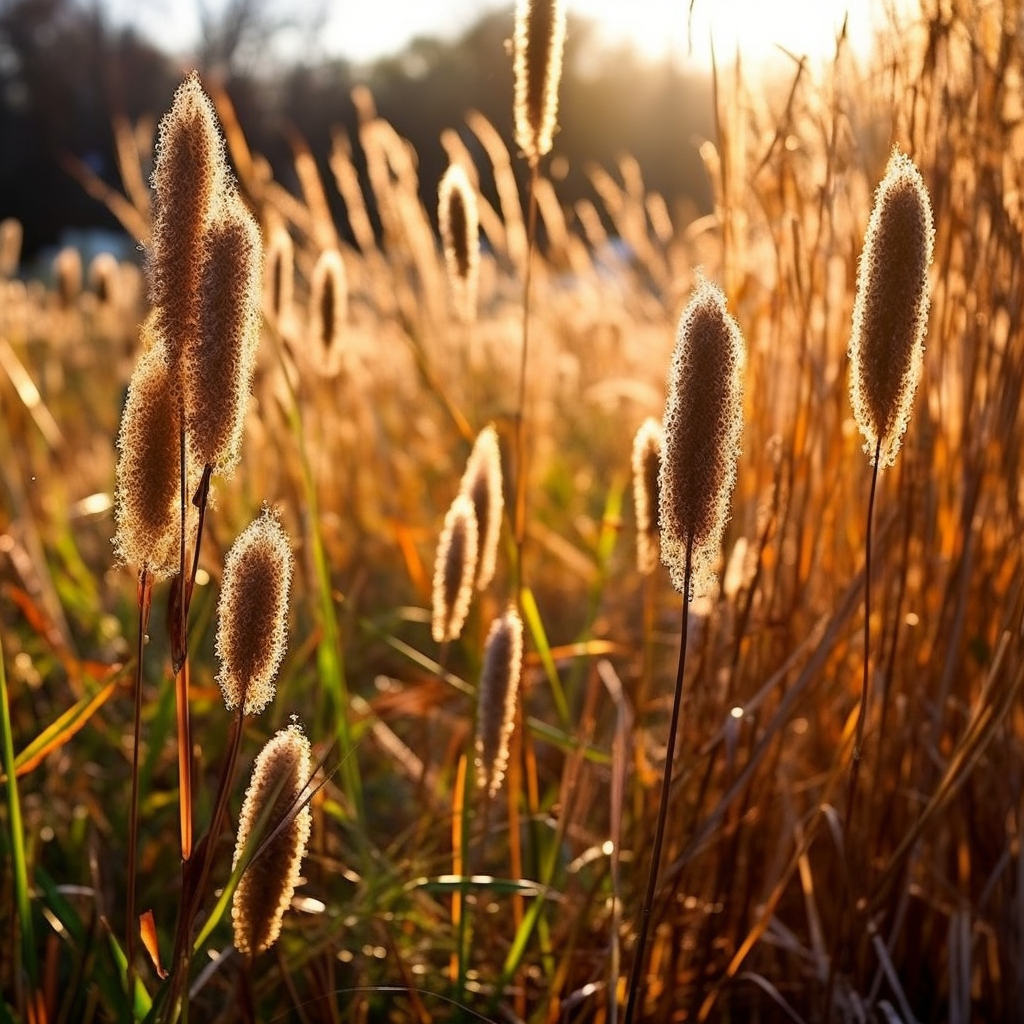Story of Day :
Contents
The Complete Guide to Growing and Caring for Cattails
Are you looking for a unique plant to add to your garden? Look no further than cattails! These versatile plants can be grown in a variety of conditions and provide many benefits to both your garden and the environment. In this guide, we’ll cover everything you need to know about growing and caring for cattails.
What are Cattails?
Cattails (Typha spp.) are perennial aquatic plants that grow in wetlands, marshes, swamps, and along the edges of ponds or lakes. They are easily recognizable by their tall brown flowering spikes that resemble a cat’s tail.
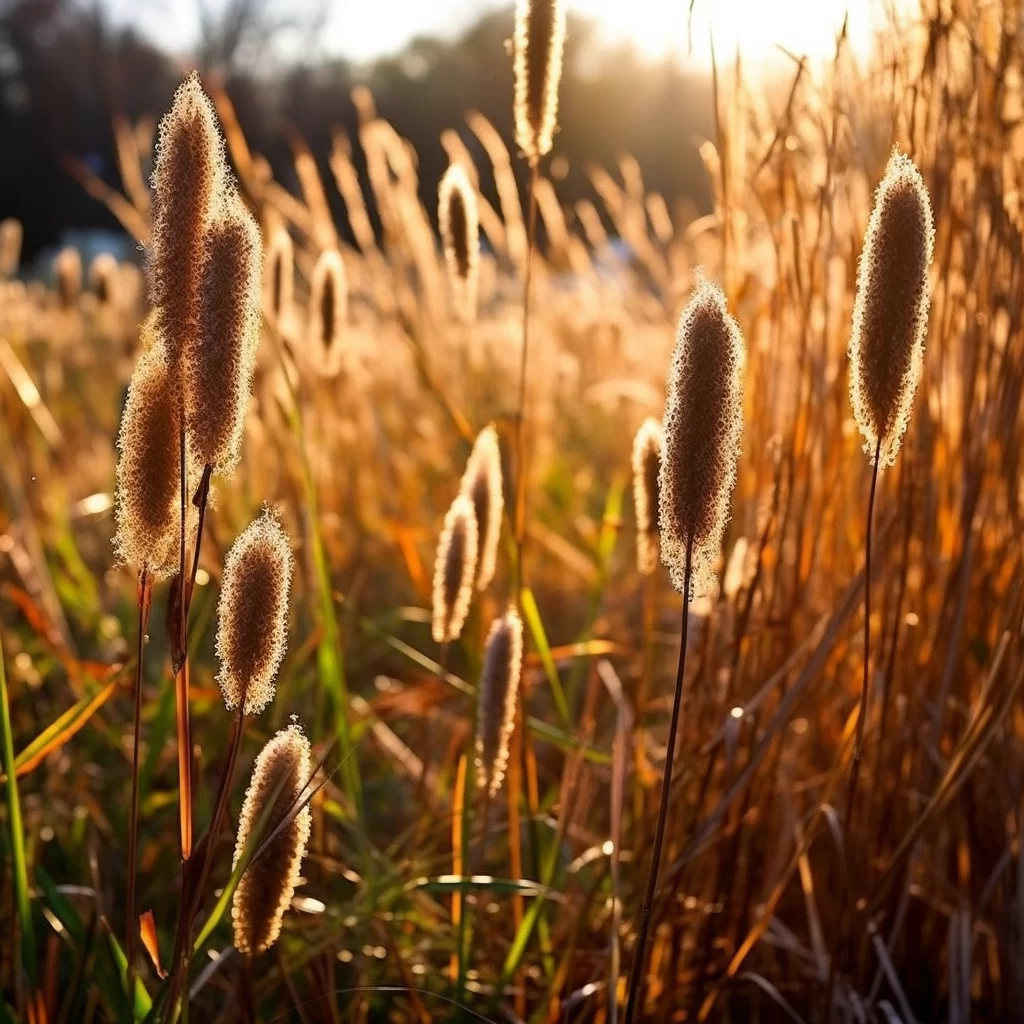
Benefits of Growing Cattails
- Cattails are excellent at filtering water by removing excess nutrients such as nitrogen and phosphorus from ponds or swamps.
- Their roots provide stability to soil and prevent erosion along waterways.
- Cattail leaves make great nesting material for birds such as red-winged blackbirds or mallards.
- Their seeds serve as an important food source for wildlife including ducks, geese, muskrats, deer, rabbits, and more!
Growing Conditions
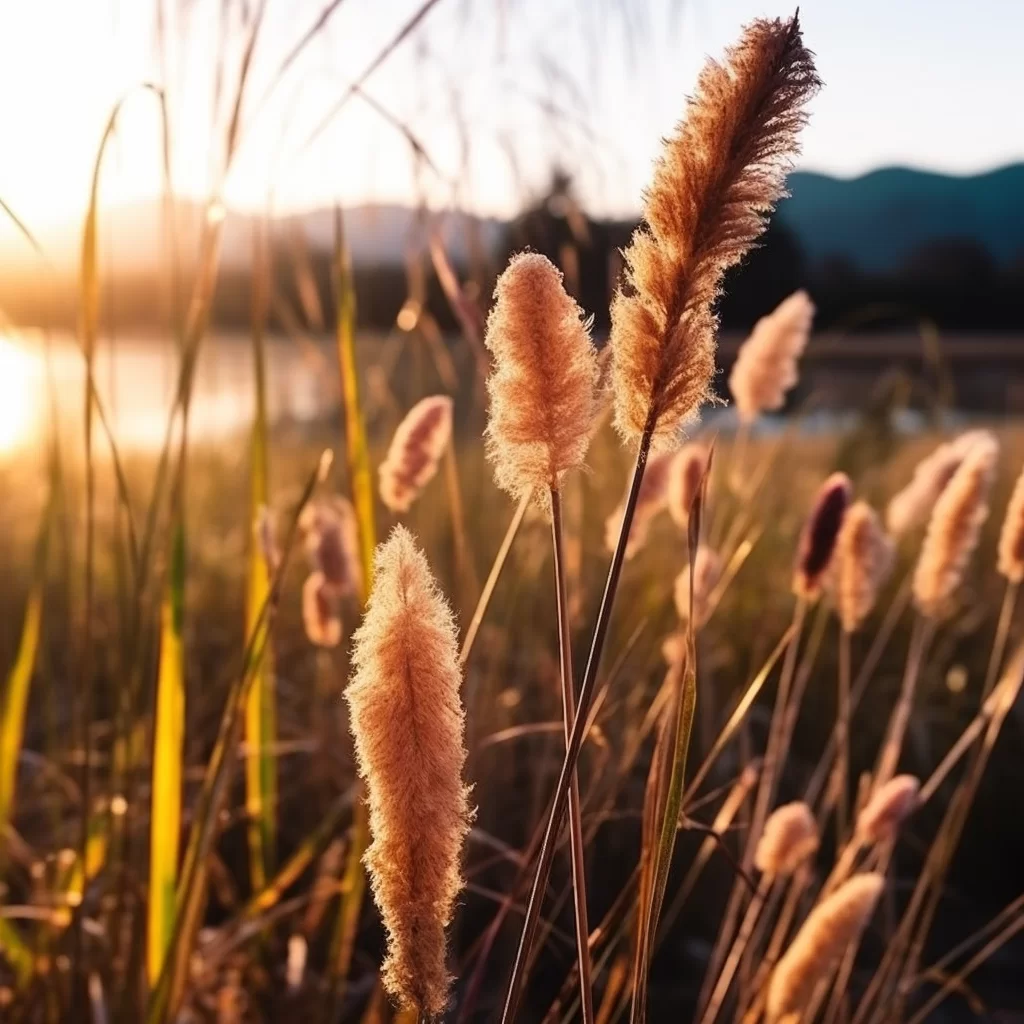
Cattails prefer moist soils with full sun exposure but can tolerate some shade. They can grow in various soil types including clay or sand but do best in organic-rich soils like those found near bodies of water. If planting alongside a pond or lake shorelines ensure that they will not disturb existing habitats like fish spawning areas.
Planting Tips:
- Sow seeds directly into moist soil during the fall months after all frost has passed.
- For best results, plant cattails in a location that receives at least 6 hours of sunlight each day.
- Cattails can also be grown from rhizomes or transplanting, which is an excellent option for faster growth and establishment.
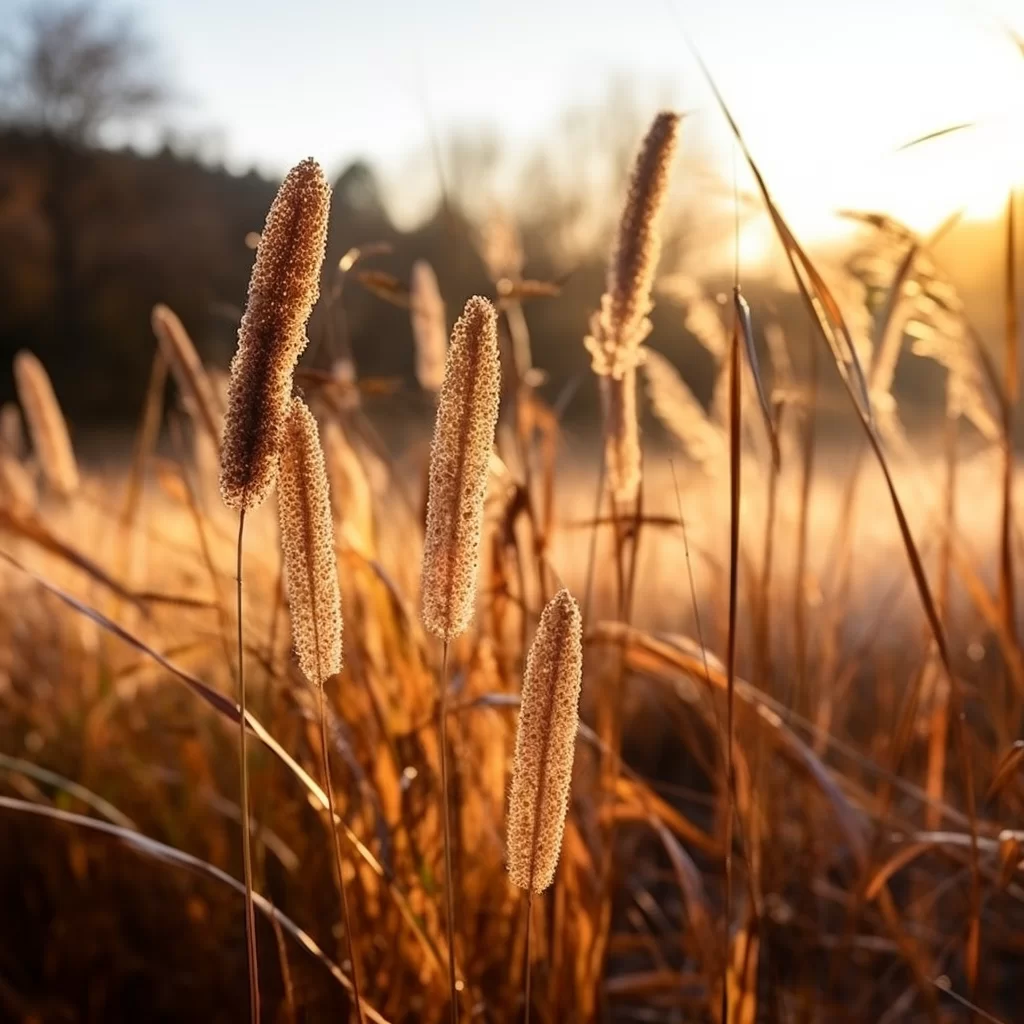
Caring for Cattails
Caring for cattails is relatively easy. Once established they are very low maintenance and do not require any additional watering or fertilizing.
Pruning Tips:
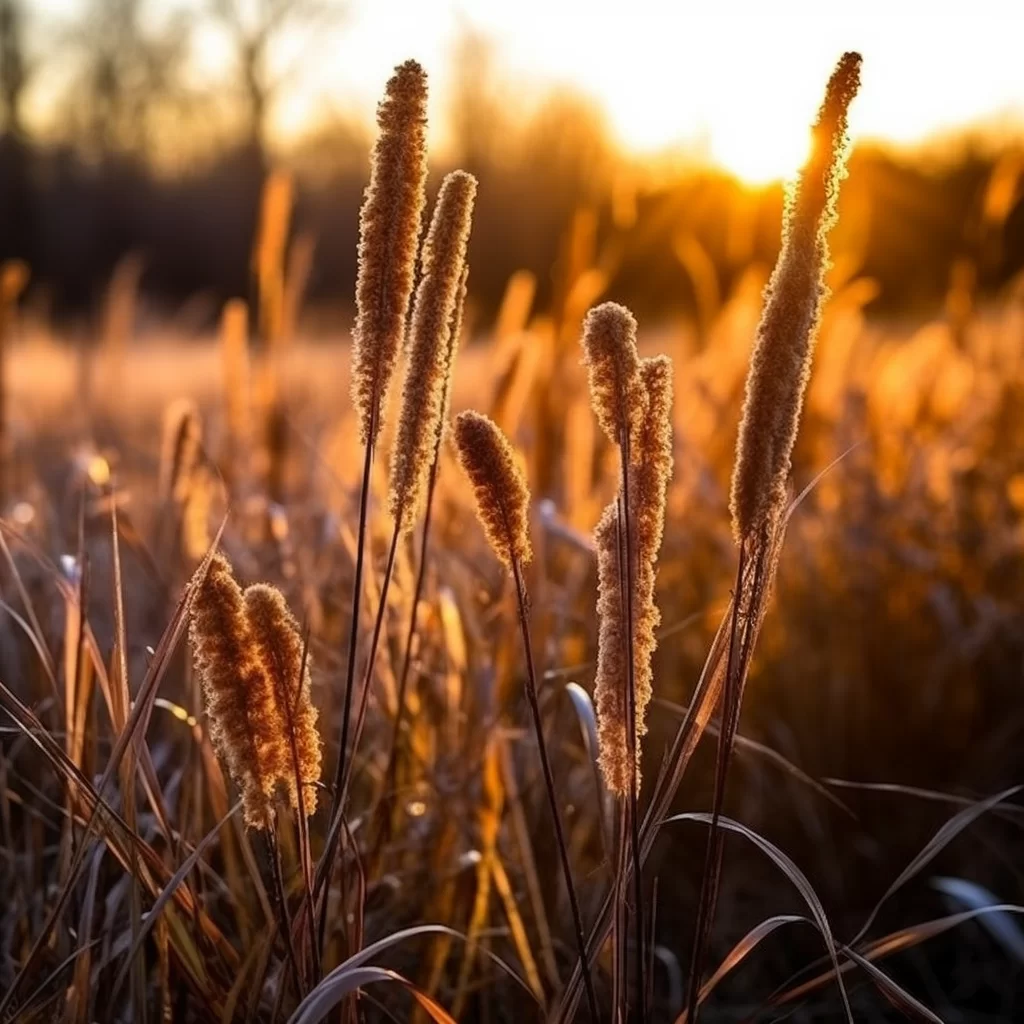
- To prevent overcrowding, remove dead foliage annually in the fall to promote healthy growth the following year.
- If planted near waterways with heavy foot traffic consider pruning back some of the leaves to increase visibility but do so carefully as this may disturb wildlife habitats.
Pests and Diseases
Cattails are generally pest-free but can occasionally be affected by aphids or other insects that feed on their foliage. If noticed, spraying them with a strong jet of water will often control them without the need for harmful pesticides that could affect nearby wildlife populations.Cattail diseases are not common but one to keep an eye out for is smut fungus which causes black spots on stems and leaves. It’s usually not serious but it’s best to cut off infected portions if caught early enough.
Conclusion
Growing cattails is an excellent way to add unique beauty and environmental benefits to your garden while providing essential habitat for various wildlife species like birds, fish, and mammals. Remember always plant responsibly near waterways sensitive ecosystems protecting existing habitats around ponds or lakeshores ensuring a healthy environment all around!
